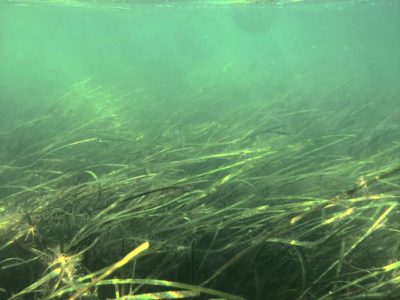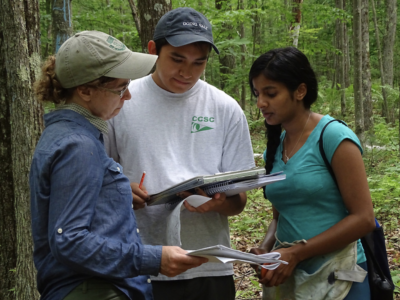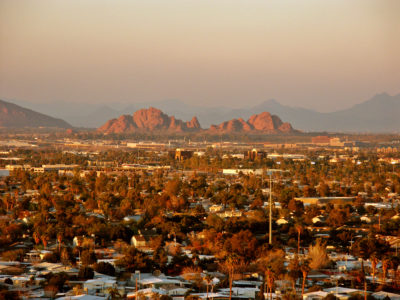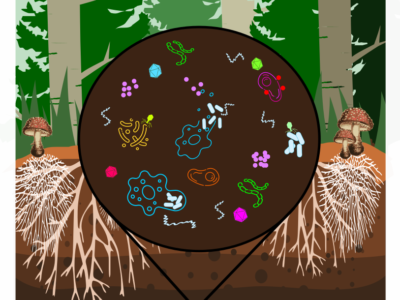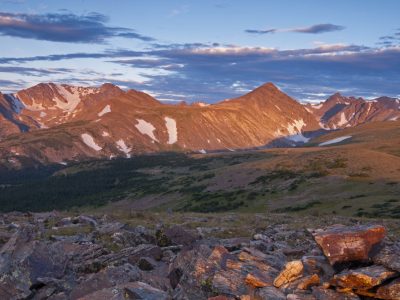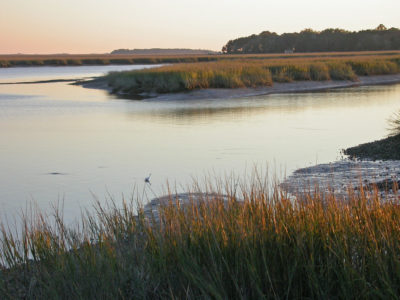To go or not to go (in the field)?

Many ecologists are now faced with a choice: continue field measurements and manipulations or halt them voluntarily and accept the cost to their science and sometimes their budgets. the LTER Network Office offers some considerations for those faced with this difficult decision.

